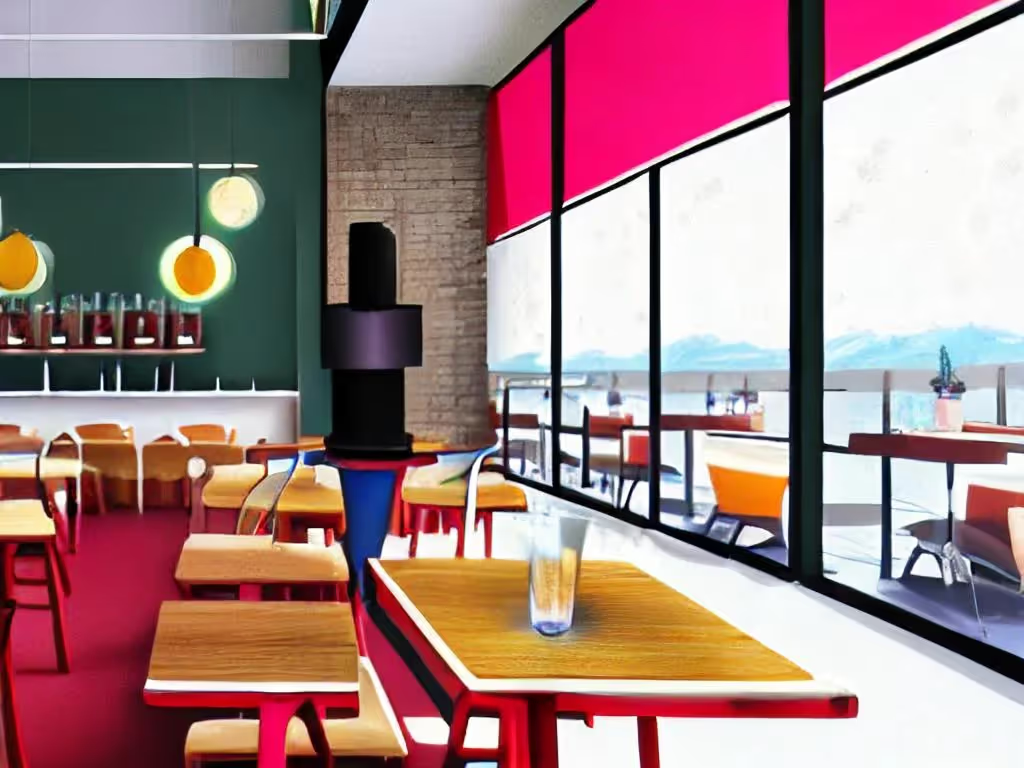TLDR
Opening a second location is one of the biggest decisions for any coffee shop owner. It brings new opportunities, new risks, and a need for steady planning. Many owners reach this stage once their first shop shows reliable sales, strong guest loyalty, and a clear rhythm. Yet expansion often becomes complicated when ideas move faster than structure. This guide gives you a direct plan for evaluating readiness, researching new areas, and preparing your systems to support visibility and growth. Everything here is built for owners who want to scale with clarity instead of confusion and want to understand what actually shapes a successful second cafe.
Foundation Check for Confident Growth
A strong expansion starts with understanding your current shop in detail. This section helps you look at facts, not assumptions, so you can move forward with a plan based on real performance.
Review Current Operations
Spend time breaking down your daily patterns. Look at peak hours, slower periods, menu performance, labor needs, and guest interactions. The goal is to understand which habits, processes, and service moments create consistency. When you know exactly how your first shop works, you can design a second one that avoids the same bottlenecks and builds on your strongest elements. This clarity also supports staffing, budgeting, and layout decisions, all of which shape the new space.
Study Your Strengths
Every coffee shop develops certain qualities that keep customers coming back, such as friendly staff, reliable drinks, a calm atmosphere or quick service. Identify the qualities that make your shop stand out and document them clearly. These strengths become the core features of your future locations. Owners who understand their strengths move forward with more confidence because they know what must remain consistent and what can be adjusted based on the new neighborhood.
Understand Customer Behavior
Look at digital reviews, short guest surveys, and in-person comments. These responses highlight patterns that can guide your next steps. You might discover that customers appreciate your fast service, your unique seasonal drinks or your warm conversations at the counter. When you notice repeated feedback, you can plan your expansion with a better view of what your audience actually values. This helps set a clear direction for branding, menu planning, and staff training in the new location.
Learn about your key performance indicators and how to track them in this blog.
Smart Market Exploration for a New Area
Choosing a new neighborhood requires patience and curiosity. The right area can boost long-term success, while the wrong one can slow momentum. This section helps you research locations with a better lens and fewer assumptions.
Observe Real Activity
Walk through your target areas at various times during the week. Look at the level of movement in the morning, midday and evening. Take note of nearby offices, gyms, schools or residential buildings. Recent reports show that foot traffic in urban areas increased this year due to a rise in flexible work schedules, which creates more consistent customer flow across late mornings and afternoons. This type of insight helps you choose a location that aligns with your ideal customer patterns.
Review Local Competition
Visit nearby cafes and study their setup. Look at their menu, service speed, price range, seating style and customer flow. This research helps you understand what people in that area already have access to and what they still want. Your goal is not to imitate others but to identify a clear position for your new shop. With a focused approach, you can create a distinct presence instead of blending into the existing options.
Learn From Residents
Talk with people who live or work in the area. Simple conversations often reveal useful information about busy seasons, slow days, common pain points, or missing food and drink choices. Local insights help you understand community expectations and daily routines. With this knowledge, your expansion becomes based on informed decisions rather than guesses, which reduces risk and strengthens long-term potential.
Strengthen Your Systems Before You Scale
Opening another shop doubles your pressure on systems that might currently operate on habit. This section ensures you build structured routines that support stable growth.
Review Ordering and Inventory
Look at how your supplies move through your current location. If you notice delays, shortages, or overstock issues, address them now. A second shop increases demand, and small issues can grow quickly. Build a simple inventory rhythm that keeps both locations prepared without waste. When supplies move smoothly, staff can focus on guests instead of scrambling for ingredients.
Build a Repeatable Training Plan
Create a clear training guide for your drinks, service approach, cleanliness standards and guest interactions. This helps new hires understand your expectations and keeps your experience consistent across locations. A documented training plan also reduces confusion and allows you to onboard new staff efficiently, even when you cannot be on site every day.
Prepare for Extra Demand
Think about the tools, equipment, team members, and operational habits that will support two shops instead of one. Consider your point of sale needs, storage requirements, staff scheduling and daily communication. A structured system helps reduce stress during the launch period and gives both shops a smoother start. By preparing now, you avoid last-minute adjustments that could slow your momentum.
Build momentum for your next shop. Book a free demo and see how easy ordering can help you launch with confidence.
Financial Planning for a Smooth Expansion
A new shop requires steady money management and a clear view of expected costs. A strong plan protects your cash flow and prepares you for the adjustment period that comes with opening a second location.
Build a Realistic Budget
Start with your full list of expenses. Include rent, build out, permits, furniture, equipment, early payroll, utilities, and your opening inventory. Add your marketing needs for the launch window. Many new locations take time to reach steady revenue, so your budget should reflect the early learning phase. Outline best-case and cautious-case scenarios so you can see how your finances respond under different conditions.
Track Projected Earnings
Study your first shop’s sales patterns to estimate how a second one might perform. Look at daily foot traffic in your chosen area, nearby workplaces, and any early signs of community interest. This helps you build a more accurate forecast. A recent industry update noted rising demand for specialty drinks among younger guests, which means a well-targeted menu can support stronger early sales.
Prepare a Cash Cushion
Set aside funds for unexpected challenges. These can include equipment delays, staffing shortages, slower guest flow or adjustments to your menu. A cushion gives you breathing room so you do not feel pressured to cut corners or rush decisions. With a buffer in place, you can make thoughtful choices that support long-term stability.
Location Selection with Data
Finding the right spot is one of the most important decisions in your expansion. A strong location supports steady traffic, smooth operations, and customer appeal.
Evaluate Visibility and Access
Look for a place that guests can easily find. Pay attention to street corners, crosswalks, nearby stores, and parking options. A space that people naturally pass through throughout the day increases your chances of consistent visits. Spend time watching how people move around the block to understand natural patterns.
Study Surrounding Businesses
Look at the businesses near your potential spot. Gyms, salons, bakeries, and offices often bring steady movement. You want a location that naturally aligns with customers who enjoy regular coffee habits. A well-positioned corner next to the right mix of shops often performs stronger than a cheaper space with less movement.
Compare Rent With Long-Term Potential
A lower rent might look appealing at first, but it could come with less visibility or inconsistent traffic. Balance your monthly expenses with the value of the location. A slightly higher rent in a strong area can produce reliable revenue that supports long-term growth.
Build a Strong Staffing Plan
Your team shapes your guest experience. A second shop needs people who feel confident, supported, and ready to represent your brand.
Identify Key Team Members
Look at your current staff and consider who might take on leadership in the new shop. Choose people who show consistency, clear communication, and steady problem-solving. Give them time to prepare so they can adjust before launch.
Recruit With Clear Expectations
Write job posts that reflect your style of service and the culture you want to grow. During interviews, talk openly about training, expectations, and the early challenges of opening a new location. Clear communication builds trust and reduces turnover during the first few months.
Create a Smooth Training Flow
Use simple guides, short learning sessions, and hands-on practice. This helps new hires understand your drink standards, daily routine, and guest approach. A straightforward training process also helps leaders stay organized when you divide your time between shops.
See how the right tools can save you money by reducing the need for additional staff.
Marketing With Per Diem for a Strong Launch
A new location becomes much easier to introduce when guests have a smooth way to order, earn rewards, and explore your menu before they even walk in. Per Diem supports this with mobile ordering, built-in loyalty features, and simple tools that help coffee shops raise visibility and guest spending without heavy marketing work.
Grow Awareness Through Clear Communication
Send a simple announcement email that explains how mobile ordering works, how quick pickup will help them save time, and how they can earn rewards by placing orders through the app. This type of direct communication prepares customers to support your expansion and gives them a practical reason to try the new space soon after opening.
Use Referrals to Attract New Guests
Per Diem includes a referral program that rewards both the sender and the recipient. This is a powerful tool for a launch window. Encourage your current customers to share the app link with friends, coworkers, or family members. Even a small reward can create steady early traction. You can mention the referral program in your launch email, on your homepage, and during in-store conversations. With this approach, your new location benefits from word of mouth without high marketing costs.
Increase Ticket Size With Upsells and Easy Ordering
Mobile ordering gives customers time to look through your menu without pressure. You can highlight size upgrades, flavor add ons and small pairing suggestions that appear naturally during the ordering flow. Many merchants see a 3 times higher ticket size through mobile ordering because customers notice options they might miss at the counter. This makes Per Diem a practical tool for helping your new shop reach stable revenue faster.

Final Thoughts
Expanding to a second location takes patience, steady planning, and a clear view of what makes your shop valuable. When you take time to understand your current strengths, study new areas, prepare your systems, and build a confident launch plan, you give your next shop a strong chance to grow. Tools like Per Diem add support by making ordering easier, improving loyalty, and giving customers a simple path to stay connected with your brand. With the right structure and the right support, your new location can grow into a strong part of your business and serve guests with the same quality and care that made your first shop successful.
Start your expansion on the right track. Book a free demo and see how mobile ordering can 3x your sales.




.webp)
.avif)
.webp)
.webp)
.webp)
.webp)

.webp)








.svg)
%20(1).png)




.svg)
.svg)




.avif)
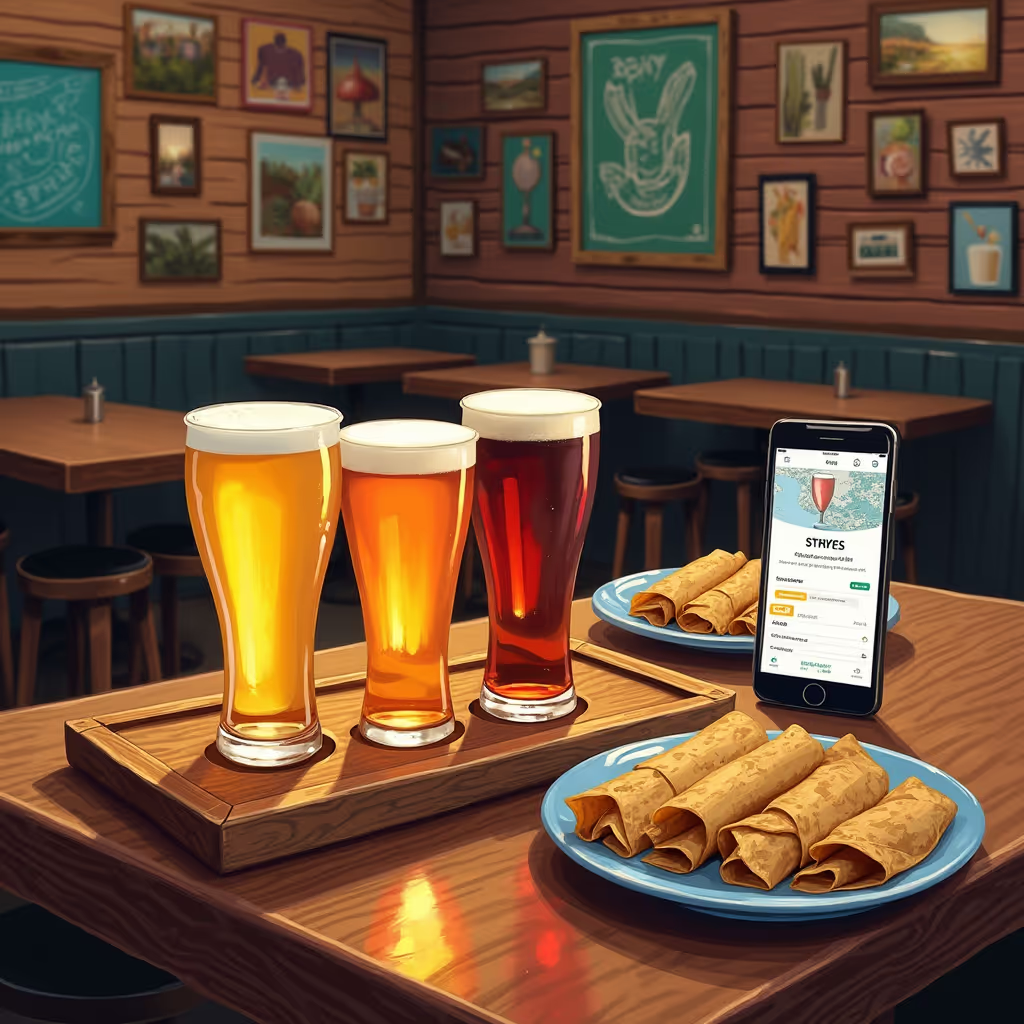


.avif)
.avif)

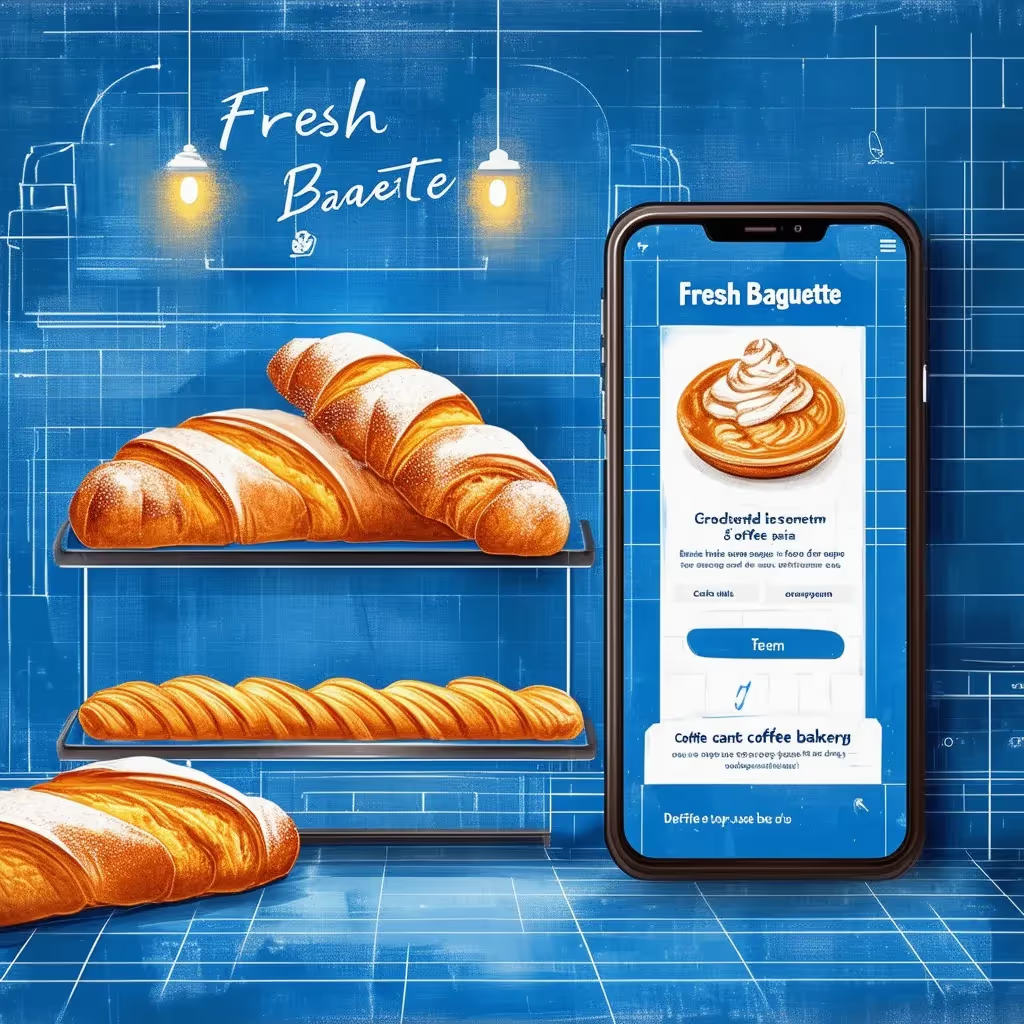
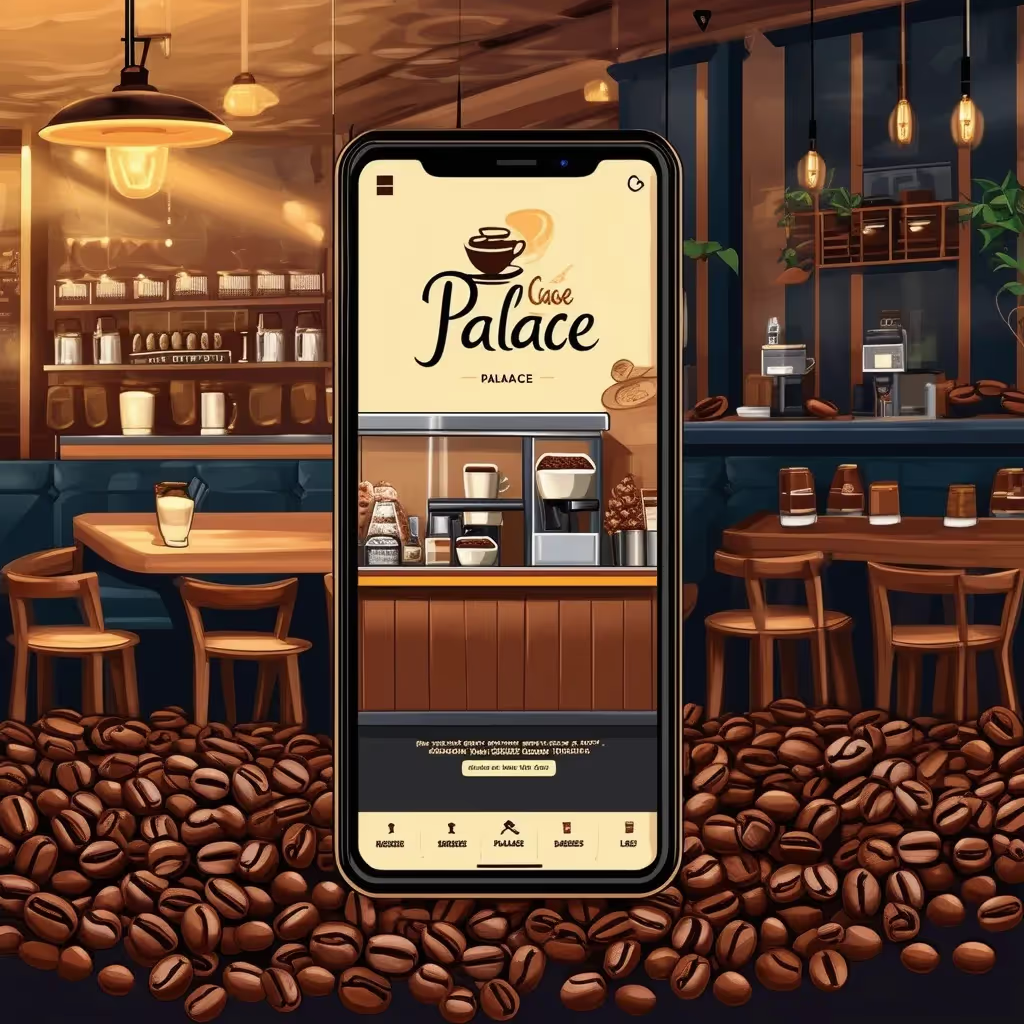
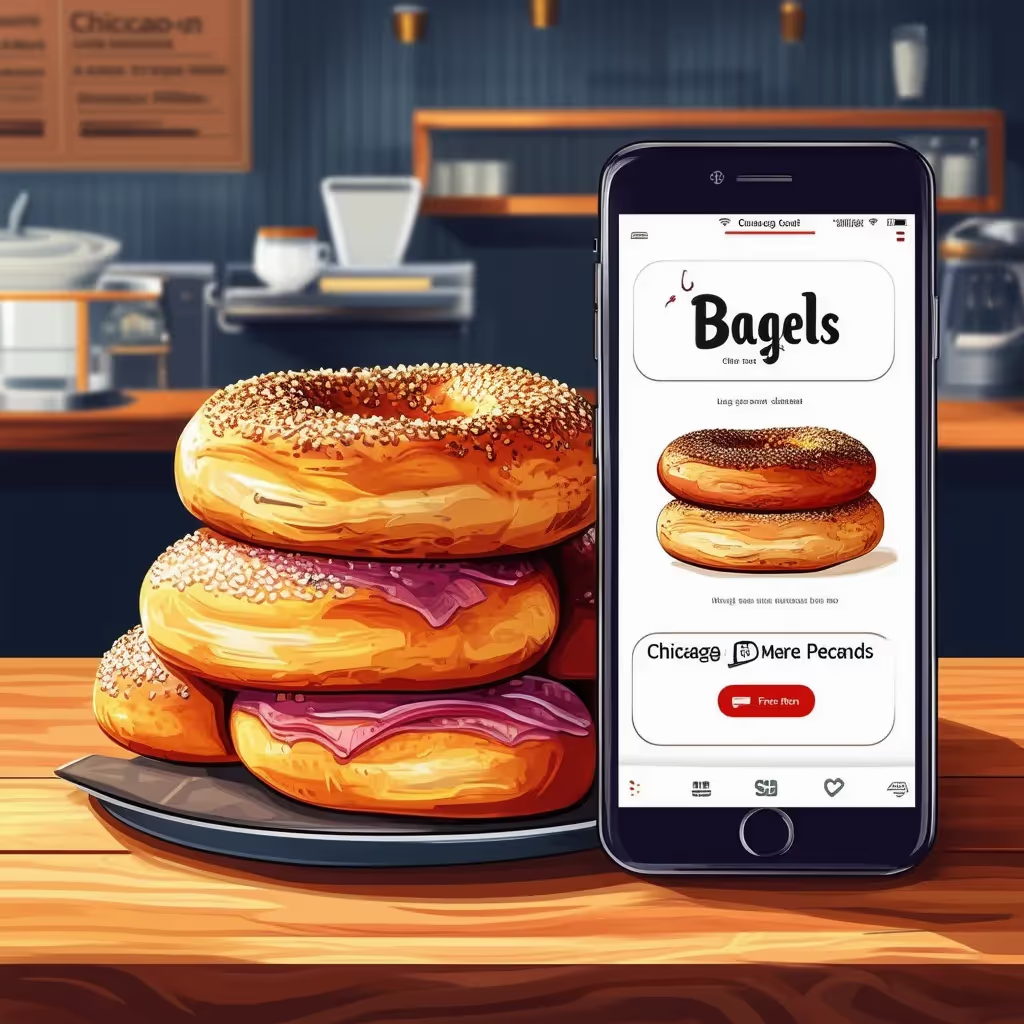
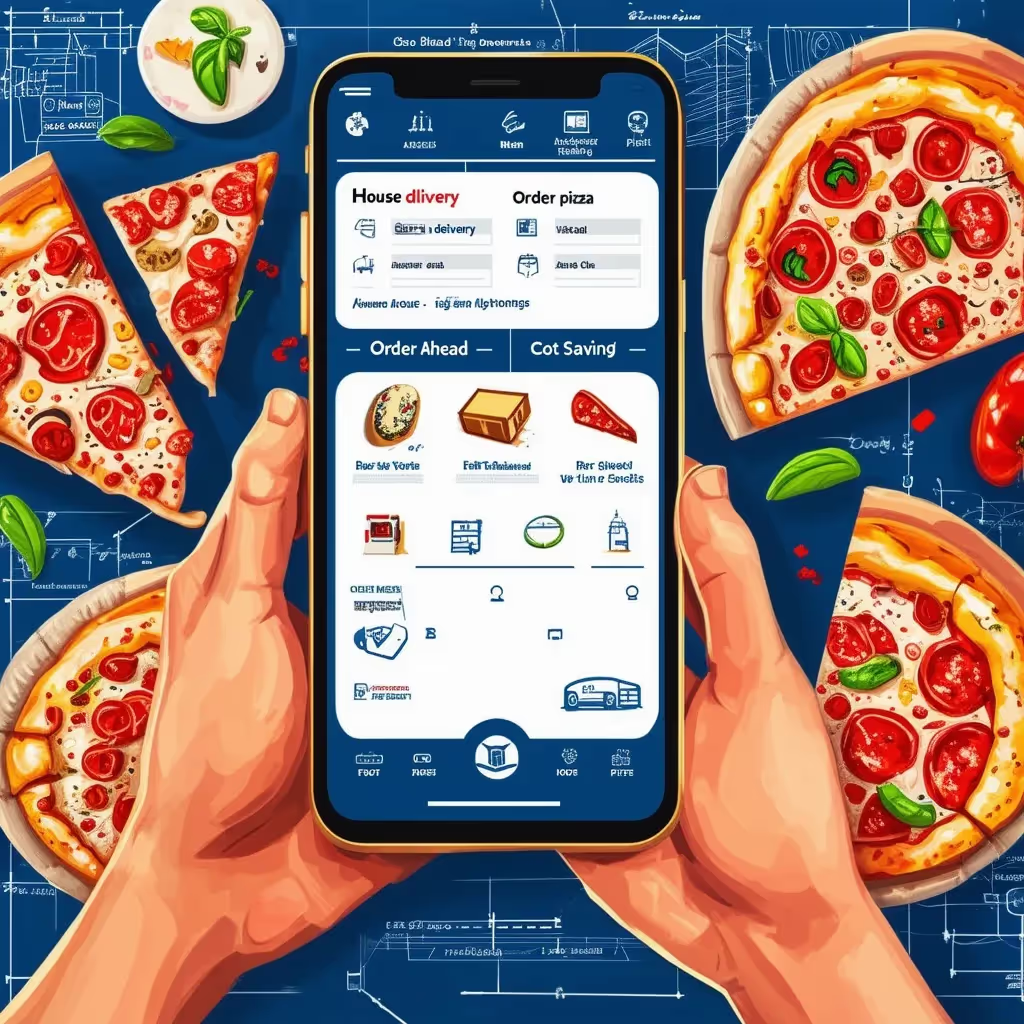




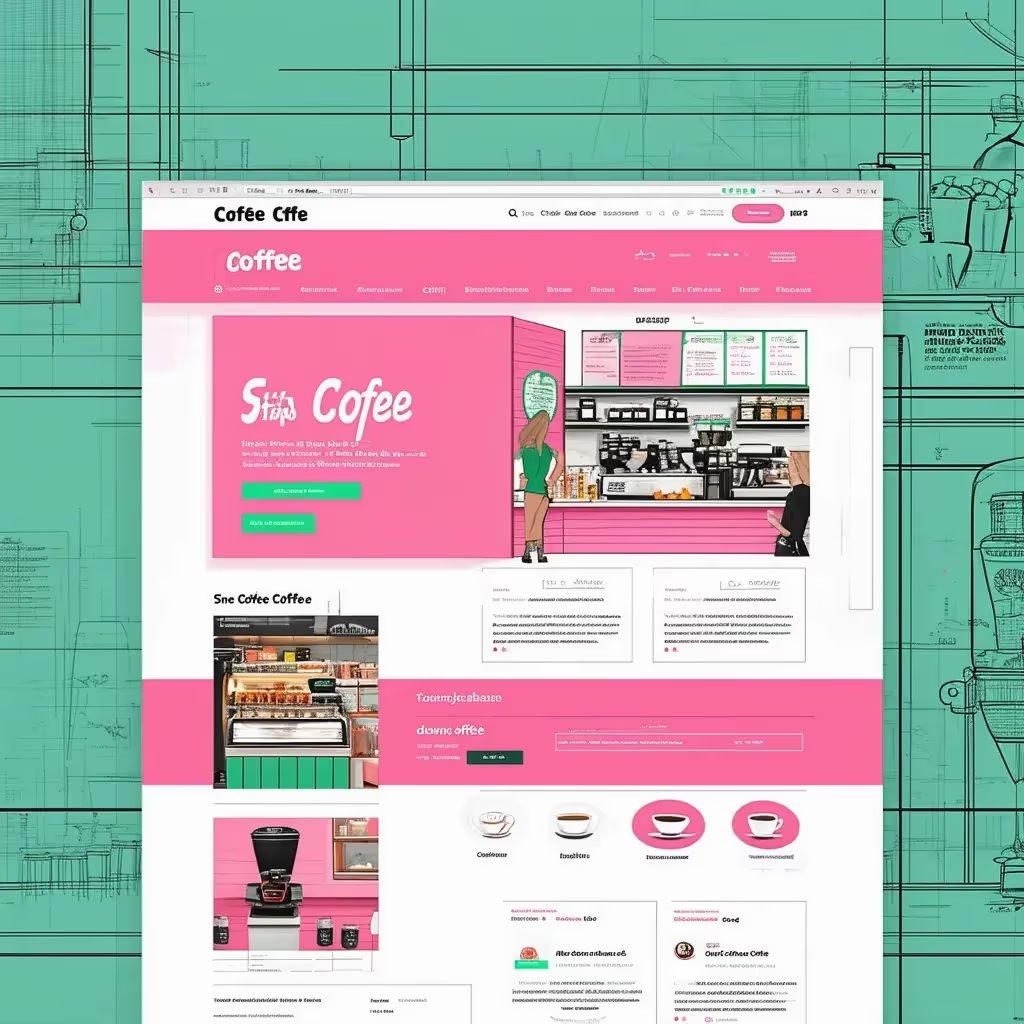
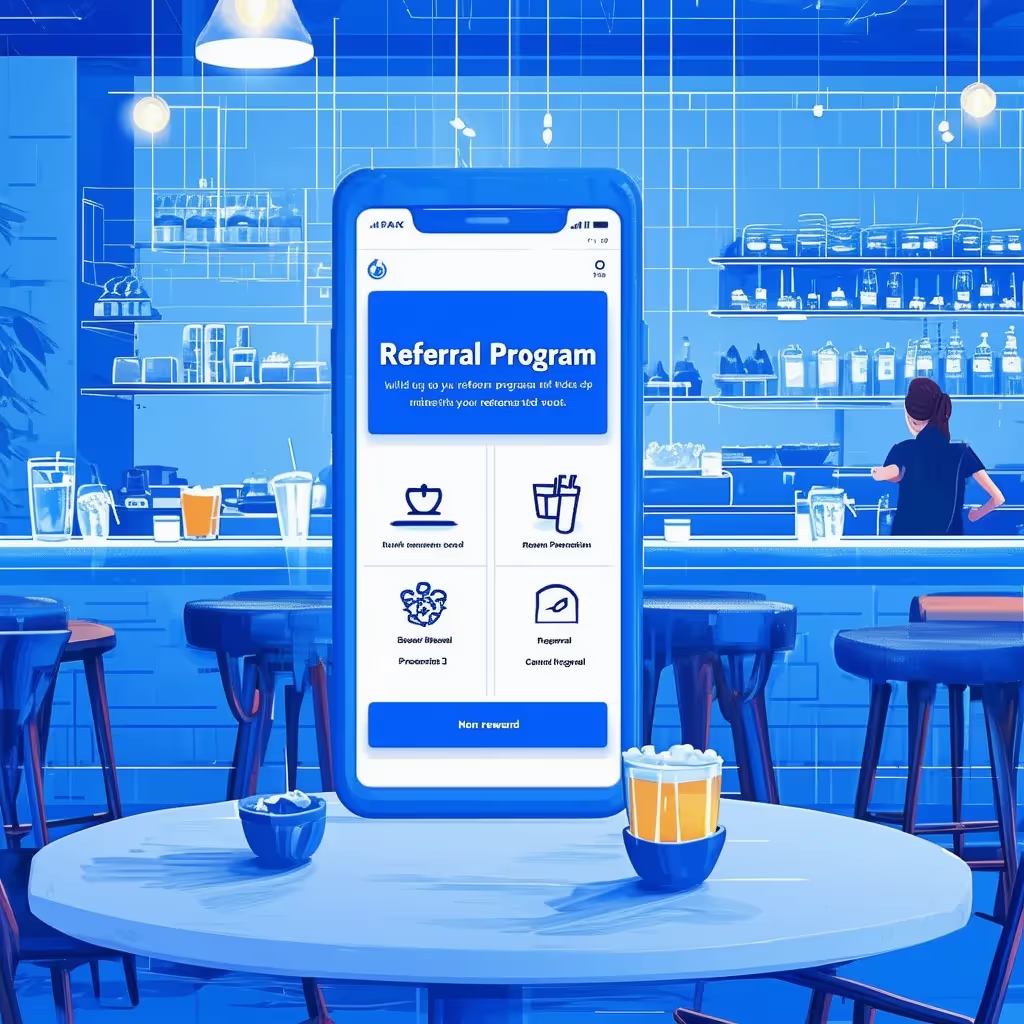





.avif)




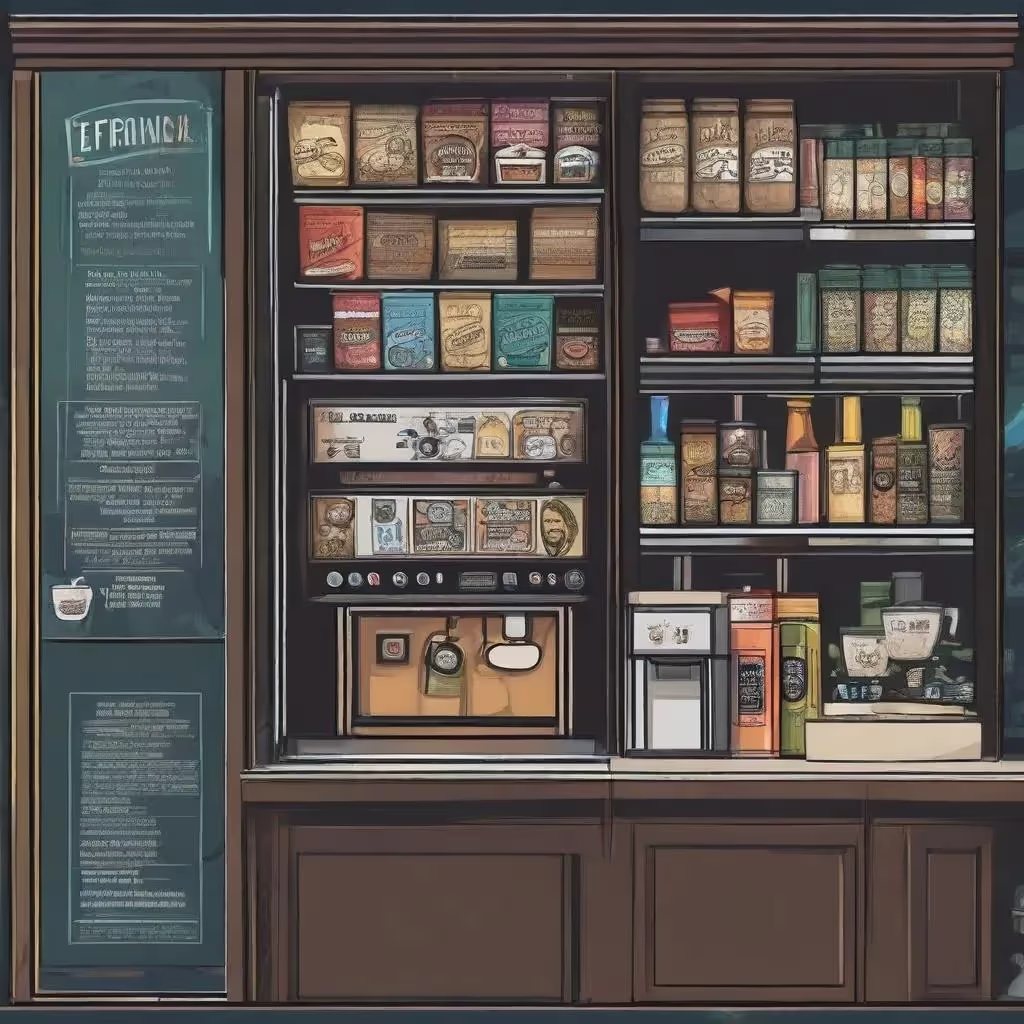



.avif)



